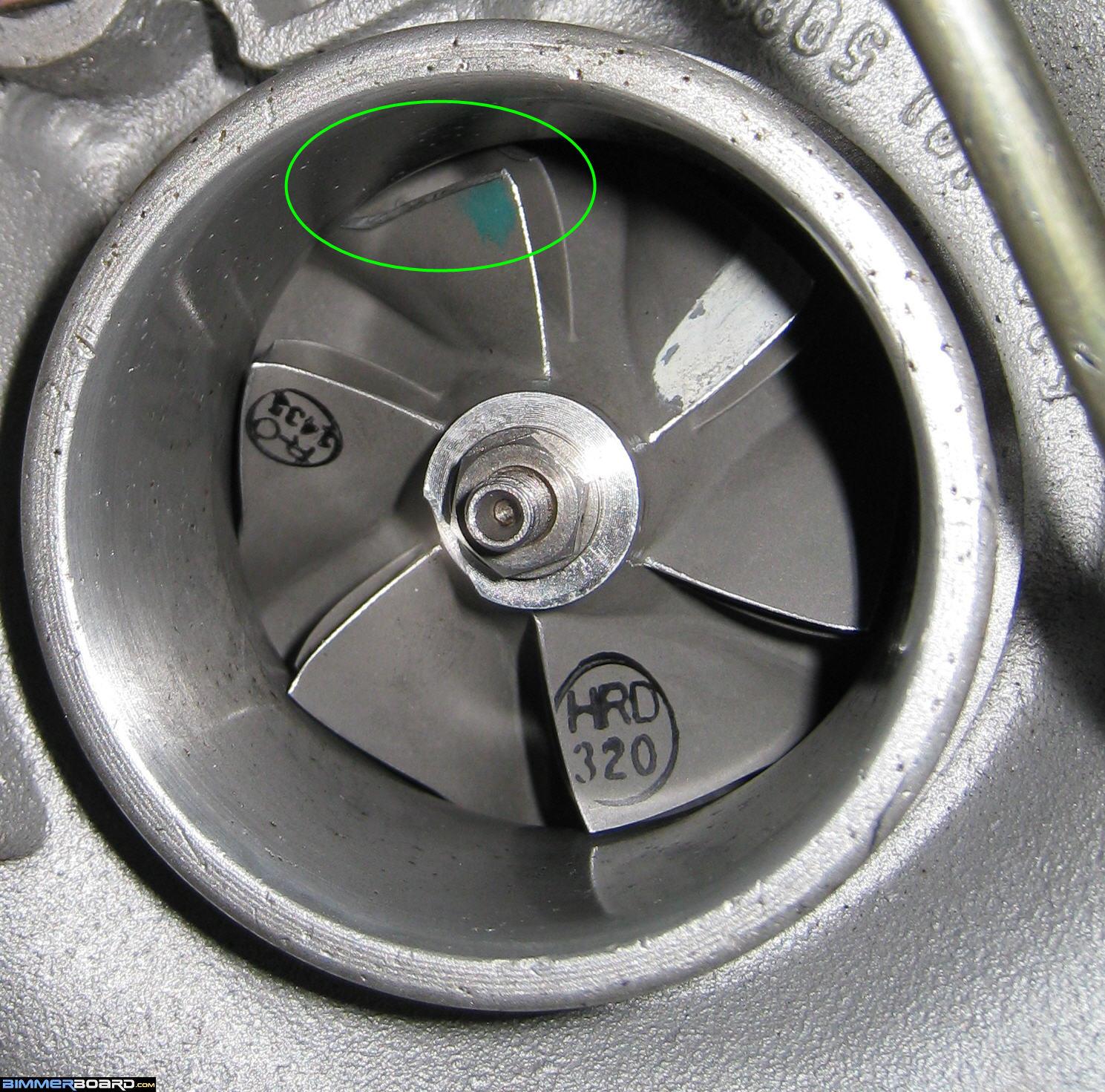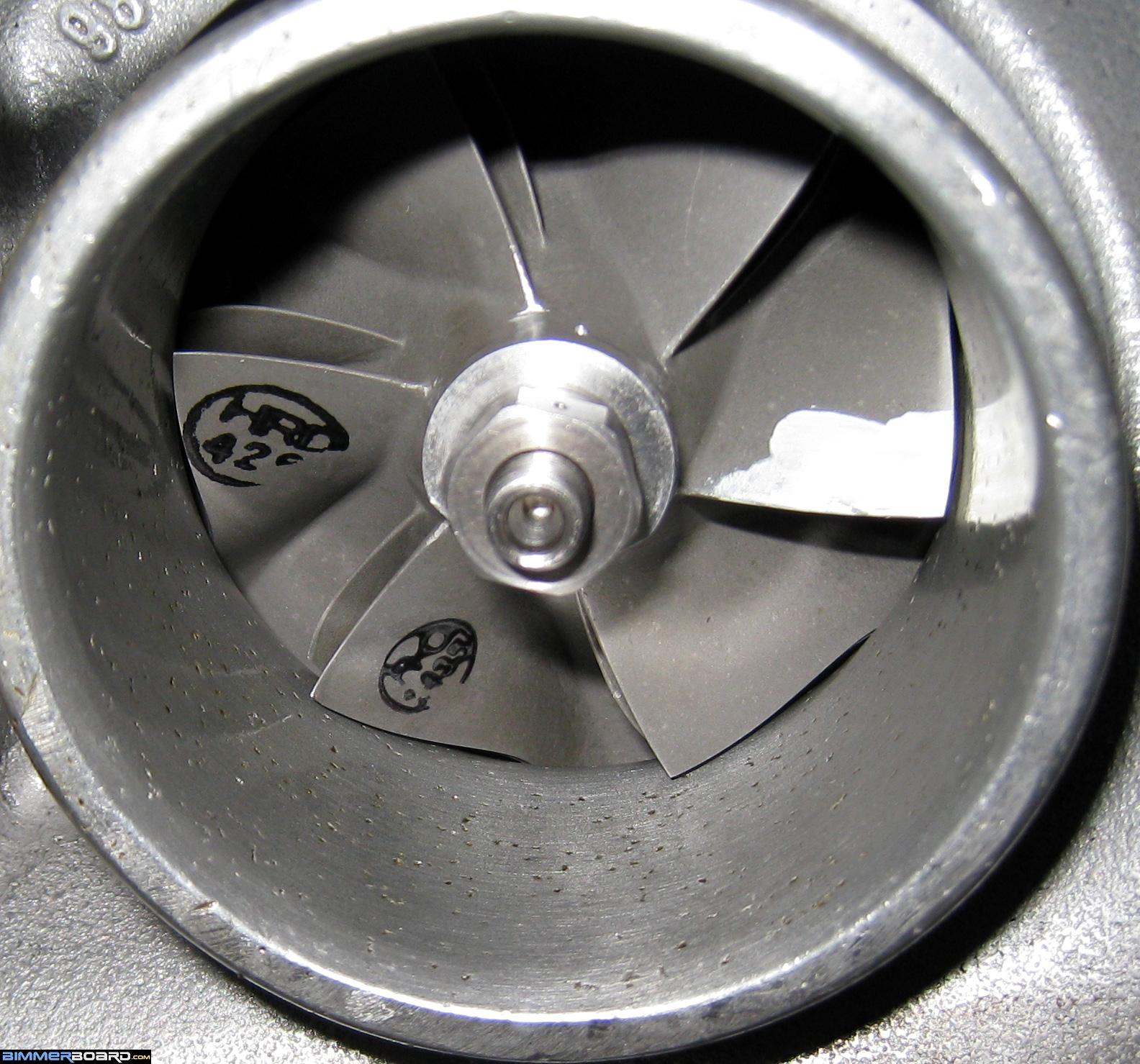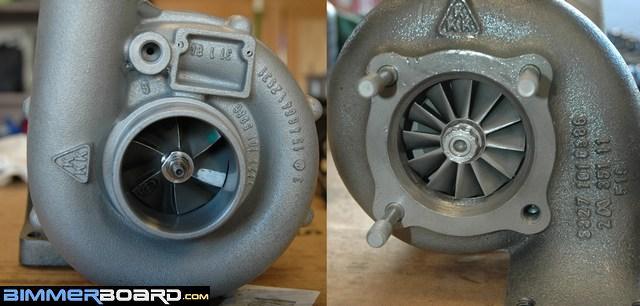Hi everyone. I was really hoping to give you all the "It works!" update, sadly I cannot... It has been a challenging couple of months with my turbo project, but watching the projects on this board have kept me motivated. I have problem that I suspect to be the turbo, but hope is something else. Below is a link to my set up video that I made yesterday. It's pretty elementary, but hopefully it will help someone else who want's to do a similar set up. I'm out of ideas to solve my problem and just maybe one of the experts here will be able to say you "You dumb a$$, you forgot to _______________ ". That would really make my day!
http://www.youtube.com/watch?v=ZyQ--foasMA
Here's what's been going on...
I installed my rebuilt turbo just before Christmas and it failed after less than 200 miles having never delivered proper boost. It would manage about 5psi in 4th and 5th gear, before things went awry. At this point the car would stumble and lose power until you eased off of WOT. Assuming the turbo could not be the culprit, I diagnosed everything else. Broke down and cleaned the waste gate, tested the bypass valve, tested spark and fuel. By the time I figured out the turbo had failed, the compressor fins had severely worn down from hitting the housing and there was about an 1/8 of an inch of play on the shaft (pics below). Never made a screeching noise as one might expect, although I occasionally heard what sounded like crunching tin foil, particularly when spooling down.
I sent the turbo back to the shop in early January. They confirmed I had adequate lube and even stated the failure could not have been a result of a bad setup. However, they were not able to identify the cause of the failure. They re-rebuilt it (for free) and I re-reinstalled it last week. The car runs great in N/A conditions and my ARs are where they should be (bouncing around 14.7 at idle and cruise and drop to a steady 11.5 when entering boost). In 4th of 5th gear I can enter boost and things are good until about 5-6 psi when I experience the same stumbling behavior as last time.
With a more acute ear to the turbo and being overly cautions this time, there are three things that are really concerning.
- First, with the car standing still I hear what sounds like fins hitting housing between 4100 and 4400 rpm. This only happens with a warm engine.
- Second, I can duplicate the sound while driving in vacuum conditions through the same rpm range.
- Third, the symptoms in boost are the same as before.
The first thing I checked this time was the cold side of the turbo for play and to see if I can make the fins hit the housing. It looks and feels just fine. I fear that the turbo is on it's way out again, but I don't know how to prove that without driving it into complete failure again. I also can't explain how it could fail twice when it worked perfectly as a stock K27.
Anyone have any thoughts or ideas? I'd also be willing to pay a reputable person to fully inspect my set up, but don't know who to take it to.
Turbo Failure:

This is what it looks like now. Based on the sound it makes, I would have bet on some noticeable wear. Maybe the rubbing is coming from inside the housing where I can't see it or on the hot side...






